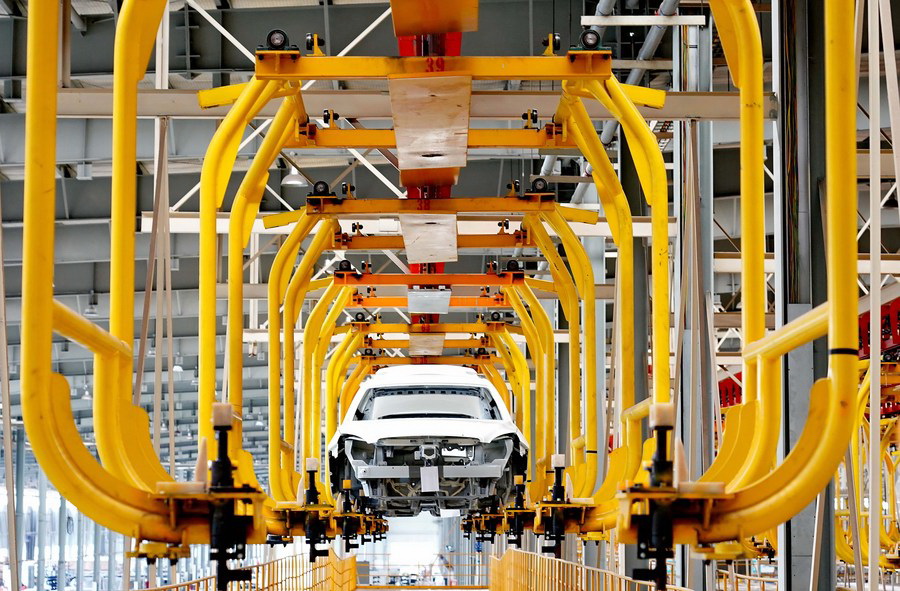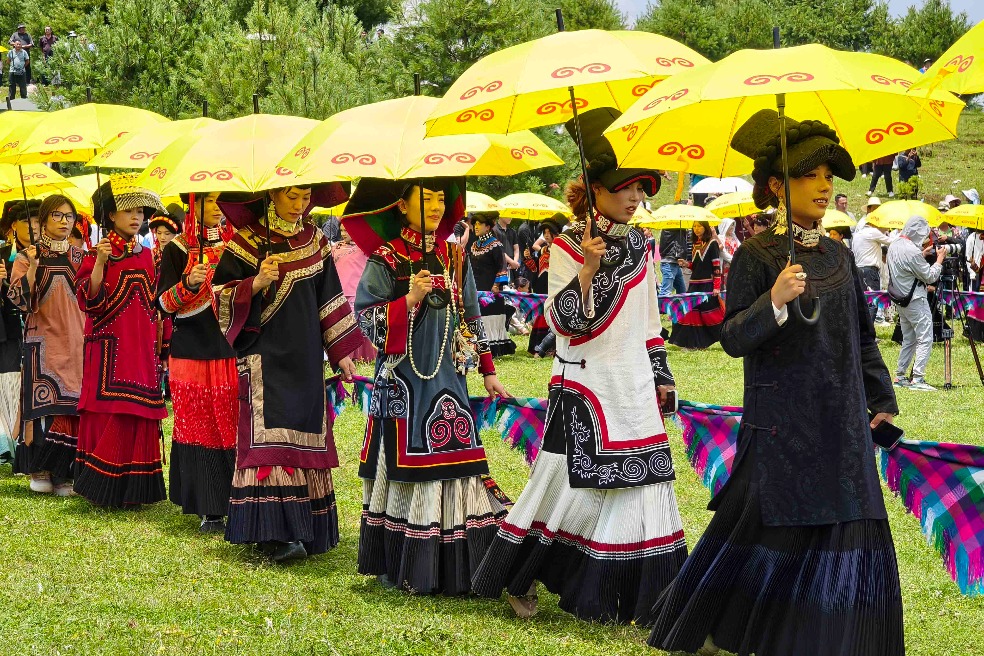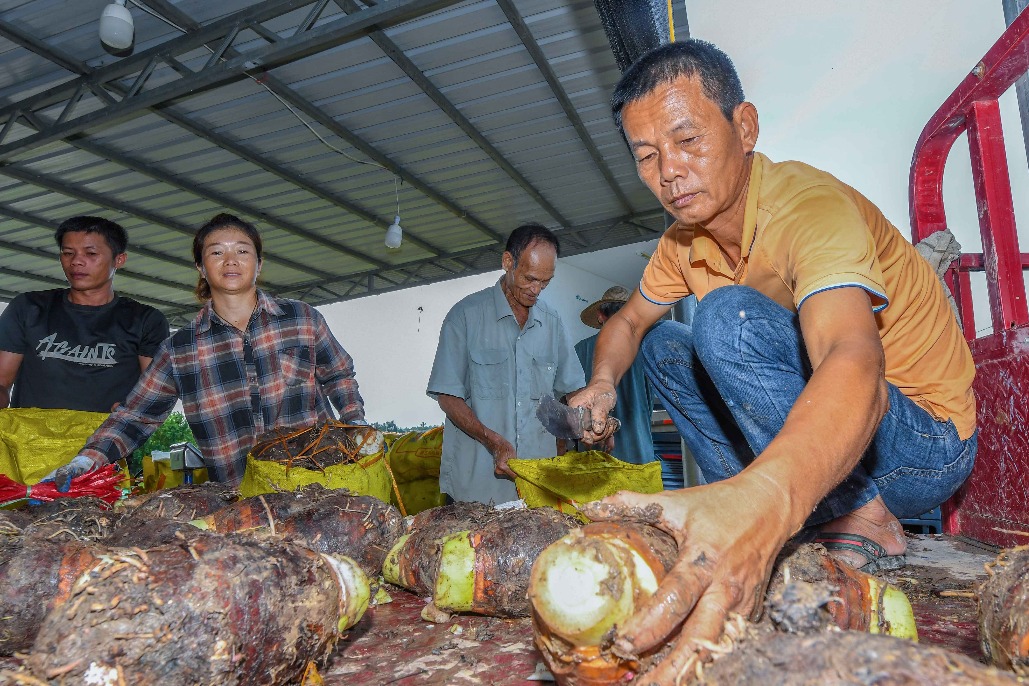China offers alternative path for developing


It is not surprising that China's peaceful rise is causing concerns for some in the West, given just how different it is compared with the current hegemon.
Recently, China has been flung back into the spotlight in a series of developments regarding the Hong Kong Special Administrative Region, the Xinjiang Uygur autonomous region and Huawei Technologies, all for the wrong reasons.
The proper reaction is to calmly reflect upon what is going on and call a spade a spade.
A change of this magnitude never happens without some inconvenience, but it does bring about change, and often positive change.
In this potentially multipolar world, China is offering a concrete alternative for a development path, which may involve a standoff between neoliberalism in the West and conservatism in China.
Certainly, the members of Chinese society tolerate a higher degree of State involvement in their daily lives, and it is clearly a much more conservative society. Hence, China is positioning itself as being a tradition-driven, conservative pole.
Many developing nations yearn for a development path that does not include a corruption of youth and ignorance of tradition. Ironically, it's the world's most populous country that is offering a respite from today's West.
Thus, one would expect friction if the emerging pole is at odds with the hegemon, but again the opportunity is in having a selection of development paths, rather than the one-view-fits-all approach of the post-1991 world.
For China to truly become a genuine pole, and for it to offer a valid development alternative, it has to fulfill four key provisions: It must demonstrate that China's path leads to a better quality of life; demonstrate that dealing with China can be mutually beneficial; offer infrastructure, both physical and soft (financial and legal) to foster development of partner nations; and offer a set of values that is consistent with the first three.
It may not be an overstatement to call the economic development of China the single biggest uplifting of people from poverty ever in the history of mankind. More than 800 million reportedly have been lifted from poverty, and GDP per capita has increased more than tenfold since the founding of New China seven decades ago.
What lies ahead is a harder challenge. This new challenge is to escape the middle-income trap and propel China to First World status.
In order to achieve that, there is a commitment from the Beijing authorities to the "six priorities "for ensuring employment, basic livelihood, market players, food and energy security, stable supply chains, and the smooth operation of grassroots governance.
This will mean an extension of President Xi Jinping's vision of "adopting a new vision for development", which "ensures and improves living standards" and a doubling down on a commitment to a "people-centered approach "and "harmony between humans and nature".
These clearly signal that the Chinese government is aware that the one thing the COVID-19 pandemic has highlighted is the country's lack of social infrastructure.
The renewed focus on human well-being and quality growth coupled with basic livelihood can enable the government to drive the construction industry to create new environments that will meet all the modern standards on security, safety and access to open and social spaces, especially for those facing absolute poverty.
When achieved, this will mean China is in fact a viable development alternative. But to make it enticing enough for the developing nations to follow, there ought to be a route for those nations to profit from the relationship, and to rely on China as a source of funding for their growth.
This is where the Belt and Road Initiative comes in. To date, the BRI covers contracts signed to the tune of $4 trillion, and over $1 trillion worth of projects have been completed. The 41 countries currently hosting a Belt and Road project account for almost 14 percent of global trade, and as such now constitute the second-largest trading bloc in the world, according to the University of International Business and Economics in Beijing.
BRI trade accounts for nearly one-third of all Chinese trade. This is clearly an avenue from which the BRI partners can profit.
Between the BRI, the focus on the quality of life in China and a positive take on core Chinese values, a genuine pole means that opportunities abound for Chinese and foreign companies and investors, and the outlook is bright for the next decade, despite the ongoing adjustment challenges.
The author is an analyst, portfolio manager and private equity adviser.
- Nation's health outcomes gain recognition
- Sichuan's ethnic festival attracts thousands of tourists
- SCO Digital Economy University Alliance launched
- Experience from a first-person perspective a sniper shooting from a boat
- Humble root crop becomes vital industry in Haikou village
- Sniper showdown on water: Realistic battlefield simulation





































